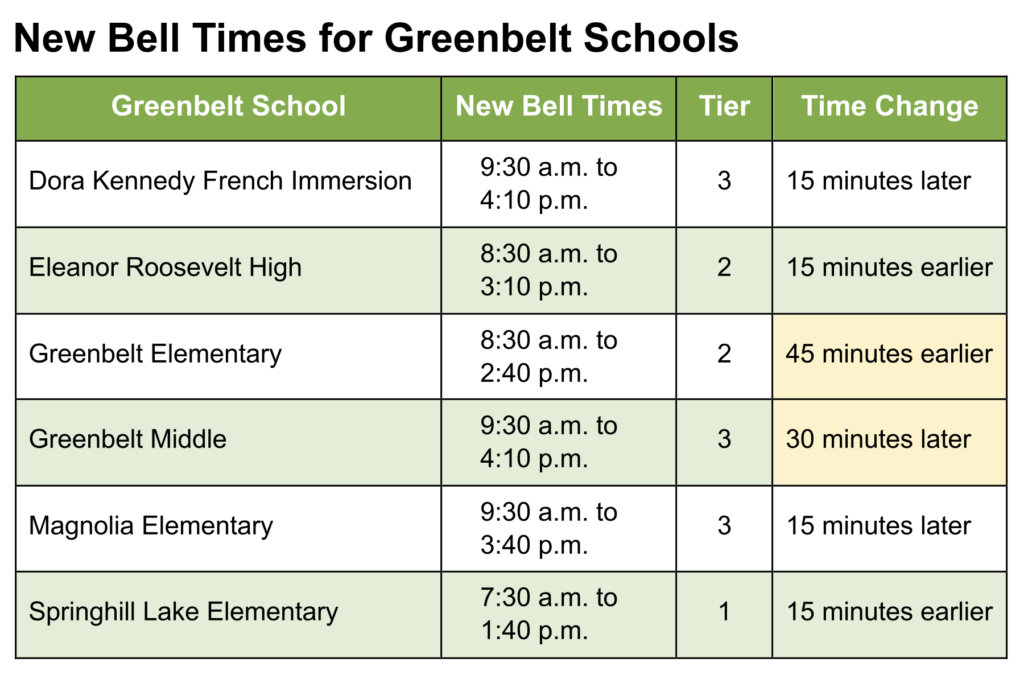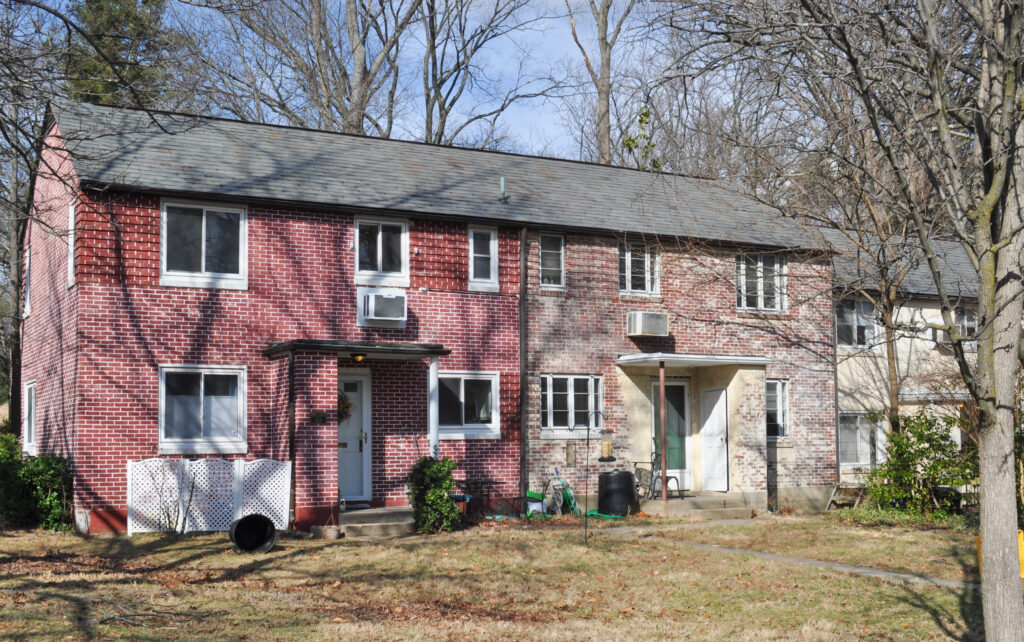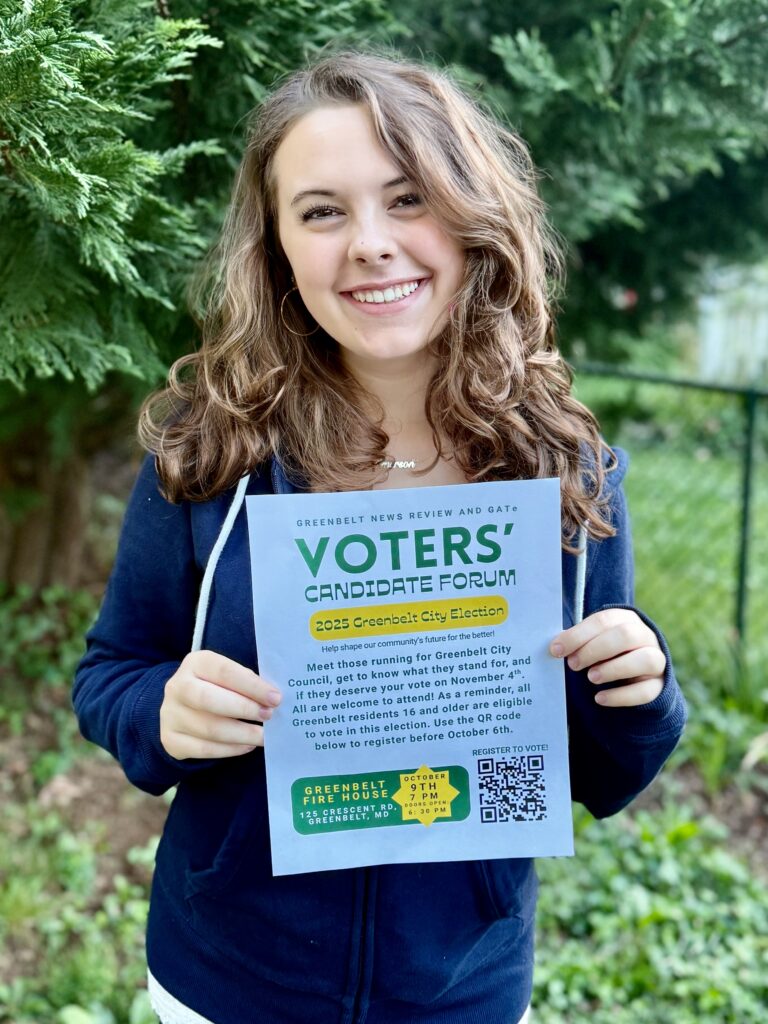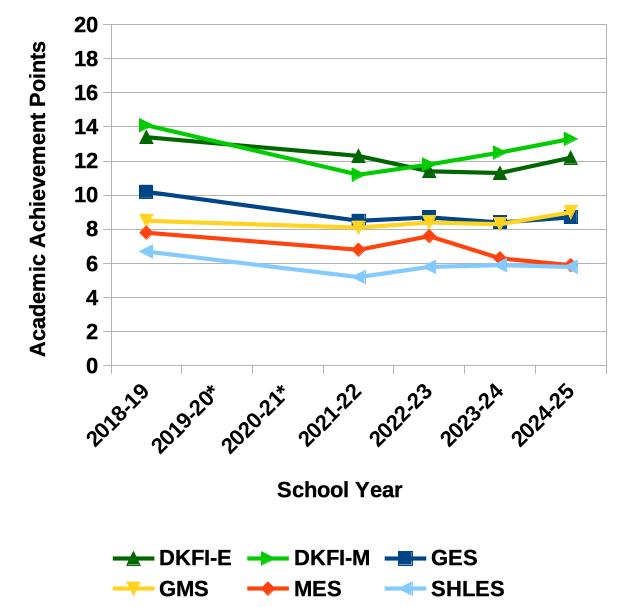On Saturday, April 27, the Prince George’s County Public Schools (PGCPS) administration held an information session at Eleanor Roosevelt High School about transportation changes coming this fall. Although this was the seventh of nine meetings scheduled, it was the first to be held after the new times were announced.
The changes are part of Superintendent Millard House II’s introduction to the district, acknowledging long-standing issues with the transportation system, such as long bus routes, delays, driver shortages and safety concerns.
“Our focus is clear: To provide students with safe and punctual transportation,” said Dr. Charoscar Coleman, chief operating officer for PGCPS.
Coleman discussed five priorities for Phase 1, the 2024-2025 school year: bell time shifts, relocation of bus stops, reassessment of bus stops within walk zones, codification of an opt-out program for students who do not need bus transportation and timely information on bus schedules, route changes and locations for community members with students.
Bell Time Shifts
The goal of standardizing bell times throughout the district is to improve transportation efficiency and better utilize buses and drivers by eliminating double bus trips on the same route and adding an hour between school start times to ensure safe on-time arrivals, said administrators. (The transportation audit also highlighted the potential to cut 119 vehicles and $16.9 million annually through bell time optimization.) “This action will create three standardized school start times across the district: 7:30 a.m., 8:30 a.m. and 9:30 a.m.,” said Coleman. “This is vital because it will balance the number of bus trips needed on each time tier and allow us to better match the available staff with the needed bus trips.”
Yet, 90 percent of schools within the district will face either no change or a time change of 15 minutes or less, said Coleman.
Among Greenbelt’s schools, Greenbelt Elementary will see the largest change, with a 45-minute shift to an earlier time. The school day will begin at 8:30 a.m. and end at 2:40 p.m.; Greenbelt Middle School will see a 30-minute change to start later, at 9:30 a.m.; and other Greenbelt schools will shift by 15 minutes.
Bell Time Concerns
Coleman explained longer bus routes throughout the county will be broken up. No bus driver will be driving all over the county. It frees up buses to service more than one time tier after completing their shorter first route, said Coleman.
PGCPS is predicting a shortage of drivers for next year. It’s part of a national shortage, he said. “You can either hire your way to the number of people you need or you can make the need smaller by becoming more operationally efficient. And so, we’re trying to work both sides of that aisle,” Coleman said Saturday.
Relocation of Bus Stops
Currently, 76 percent of students within the PGCPS district have a bus stop within 0.24 miles of their home, reported the
Director of Transportation Keba Baldwin. According to district policy, PGCPS allows bus stops 1.5 miles away for elementary students and 2.0 miles for middle- and high-school students.
“We propose to extend that walking distance to 0.46 miles on average,” said Baldwin. “This adjustment is anticipated to reduce ride times, improving our on-time arrival.”
Reassessment of
Walk Zones
Presently, the transportation audit suggests roughly 22,000 students have a bus stop and are transported by bus within the walk zone of a school. PGCPS plans to conduct a safety audit to determine which bus stops are still needed and which can be removed, said Baldwin.
Greenbelt Councilmember (and mother of two PGCPS students) Jenni Pompi questioned how PGCPS is determining what is a safe and unsafe walking zone. Some Greenbelt students have to cross major roadways with no sidewalks to get to school.
The process of determining safe walking passages will use the National Highway Traffic Safety Administration criteria and local knowledge, said Coleman, who also noted that families can appeal determinations through the Transportation Resolution System.
Coleman highlighted that significant improvements could be made to pedestrian and traffic infrastructure and to address crossing guard shortages – cooperation from the county is needed to address these issues.
“It’s not always going to be a person that’s going to be able to man each place, but certainly, we can make investments in infrastructure to support what’s needed to provide for safe passage,” said Coleman.
Opt-out vs. Opt-in
“If you don’t need a bus, tell us,” said Baldwin.
Students who have other transportation arrangements are asked to “opt out” of bus assignments. “By prioritizing the opt-out strategies, we can detect non-riders sooner, thus avoiding redundant routing and promptly realizing advantages through decreased transportation demands among students annually,” said Baldwin.
Phased Changes
The five changes in Phase 1 will be introduced this upcoming school year.
“The prioritized recommendations that have been tagged are being carried out in a modest, not overly aggressive way,” said Baldwin. “But these shifts are still projected to provide significant improvements in their overall performance of transportation.”
Madi Eades is a student at the Philip Merrill College of Journalism writing for the News Review.




